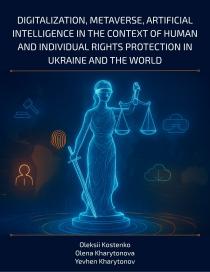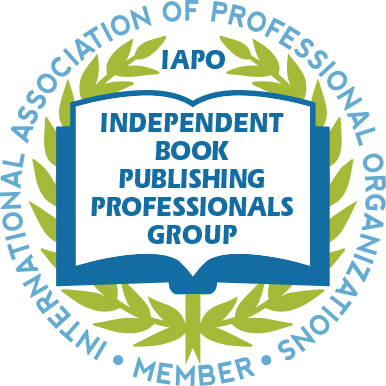USE OF ARTIFICIAL INTELLIGENCE IN EDUCATION
Synopsis
Artificial intelligence (AI) has become an integral part of the modern world. Just like the World Wide Web, AI is rapidly covering all areas of human activity, integrating into everyday life and various processes. Education and science are no exception, where AI has rapidly gained popularity and widespread use. However, such use has both its advantages and risks, which makes it important to identify current challenges and possible solutions.
The safe use of artificial intelligence (AI) in education necessitates the identification and formalization of fundamental principles that will form the basis of relationships between participants in the educational process concerning the implementation of innovative technologies.
The introduction of AI, including in education, requires prompt and coordinated efforts to develop and implement policies for its safe and effective use. These efforts aim to minimize negative consequences related to potential impacts on critical thinking skills of learners, violations of the right to privacy due to illegal collection and uncontrolled use of personal data, reduced communication among educational process participants, breaches of academic integrity, and the formation of practices of non-independent task completion.
It has been established that the widespread use of AI for preparing scientific papers, including dissertations, necessitates a reconsideration of the traditional understanding of plagiarism as a violation of academic integrity. This violation typically involves the appropriation of authorship of the creative work or its part by another creator. Although AI is not officially recognized as a creator or legal subject, a new conceptual approach is emerging. According to this approach, the use of AI-generated texts without proper attribution is recognized as plagiarism.










